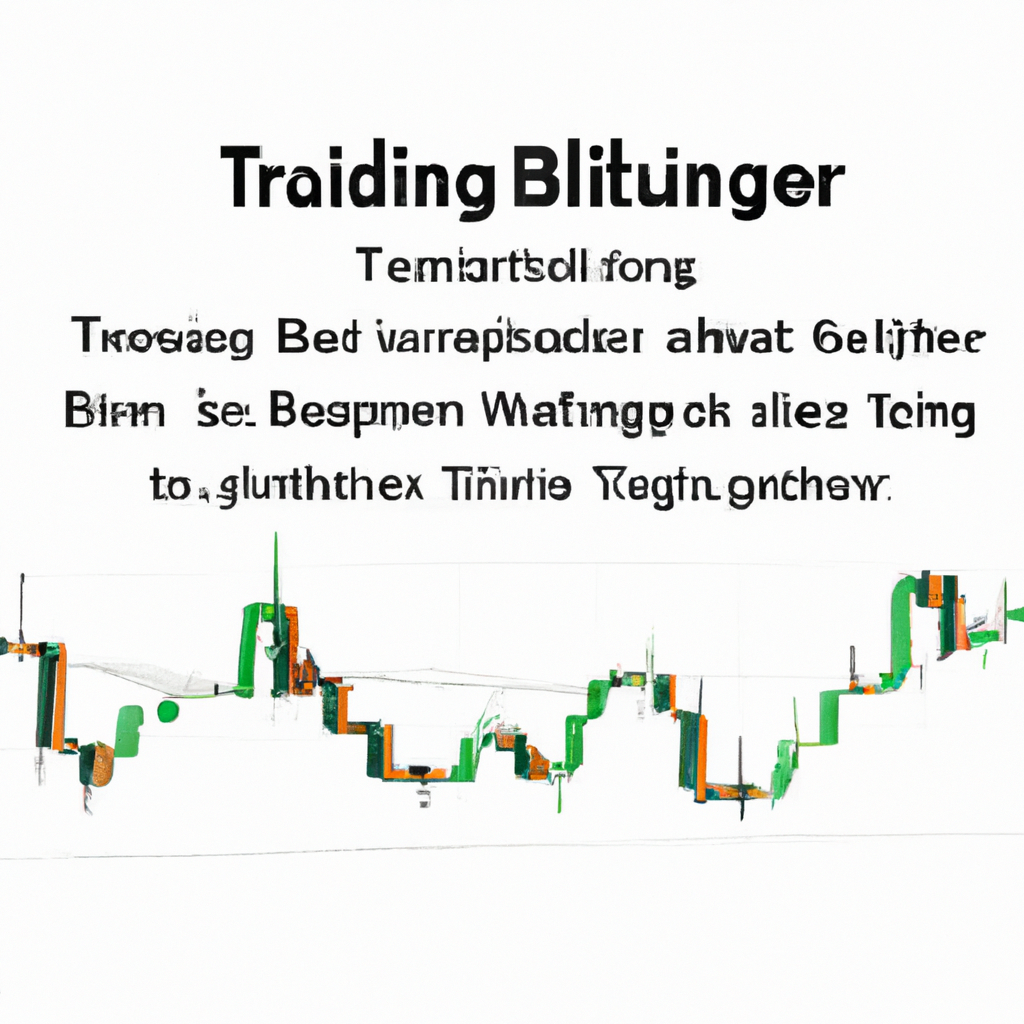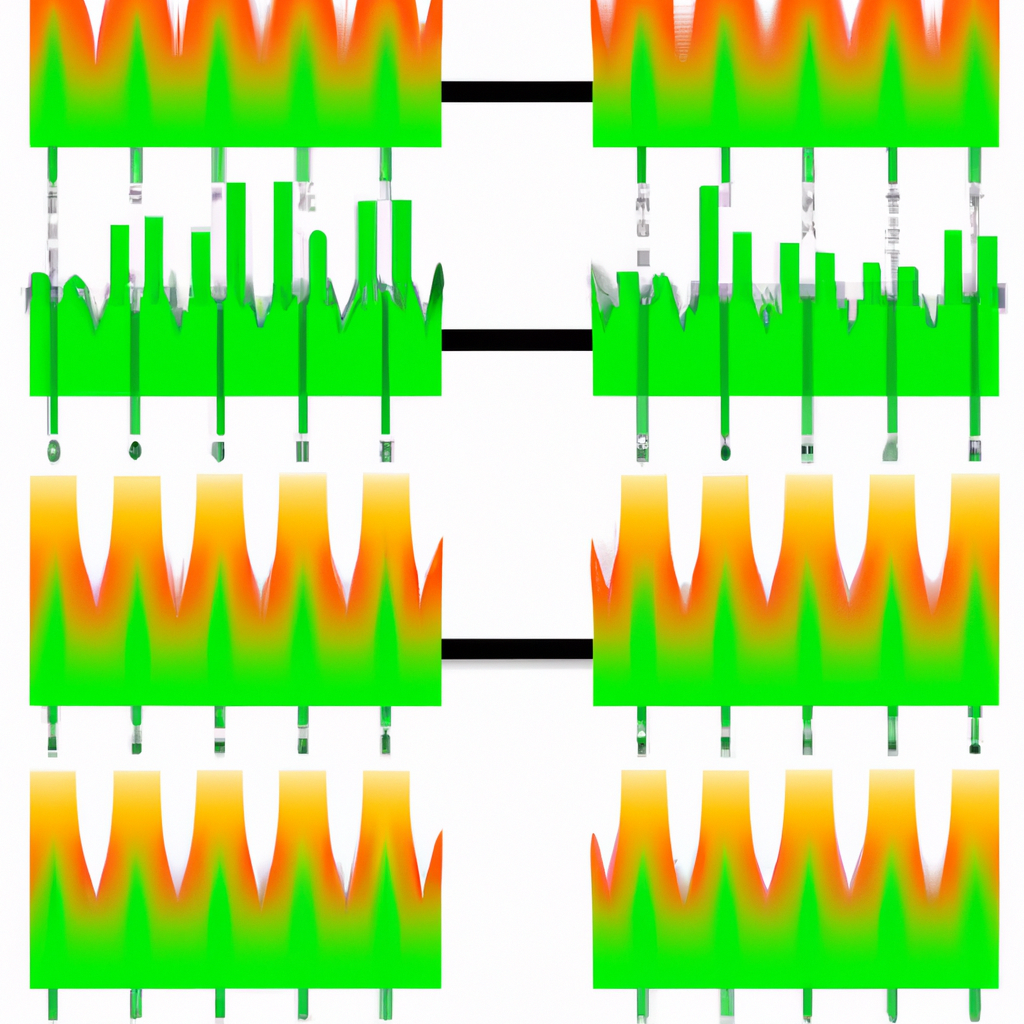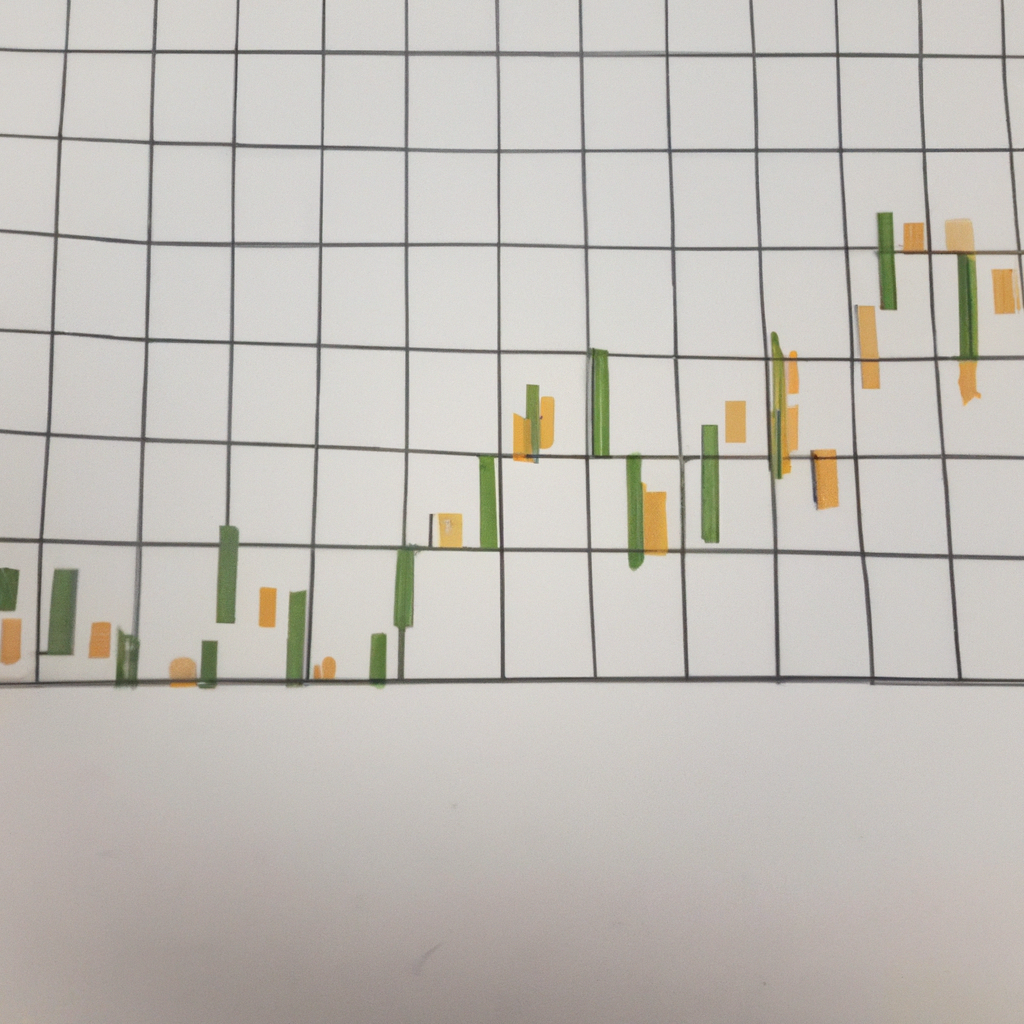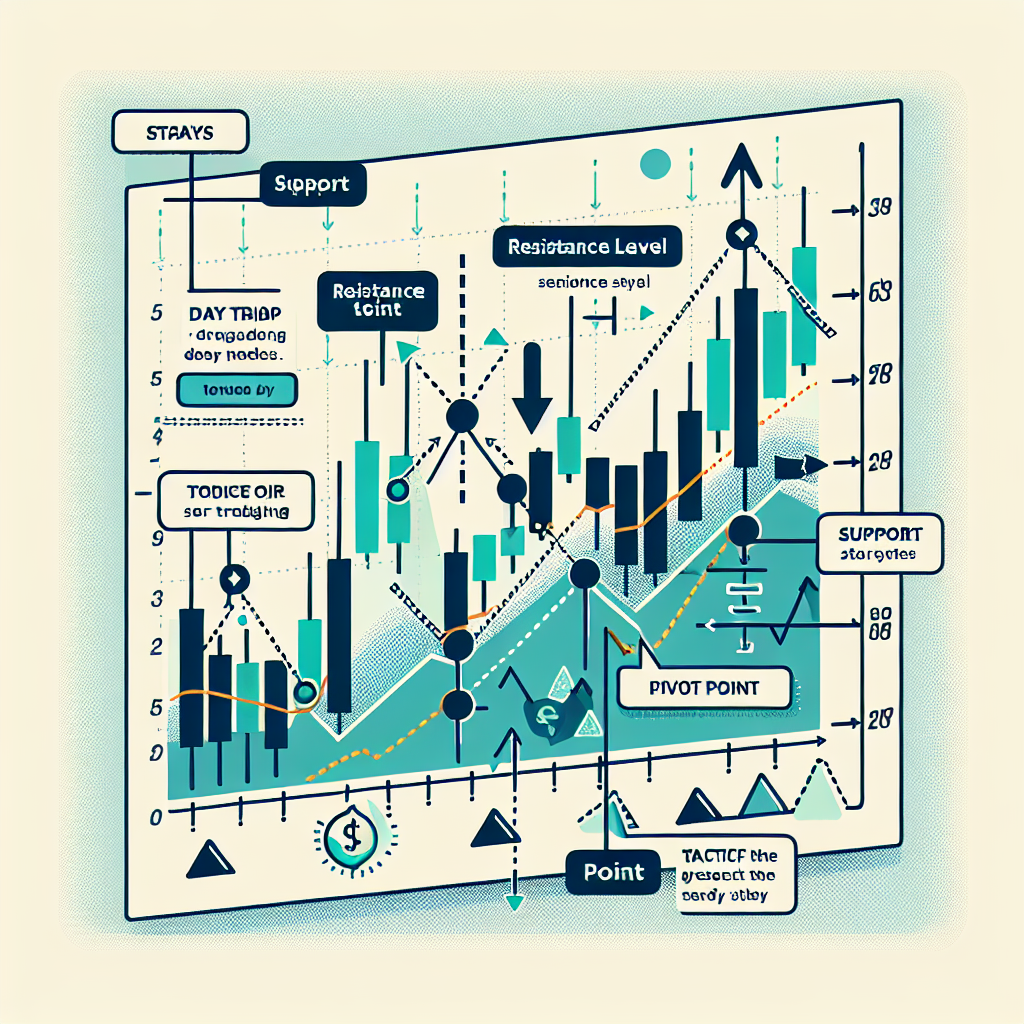Bollinger Bands Trading Tips: A Comprehensive Guide
Introduction
When it comes to technical analysis in the financial markets, Bollinger Bands have become a popular tool among traders. Developed by John Bollinger in the 1980s, these bands provide valuable insights into price volatility and potential trend reversals. In this article, we will explore some essential Bollinger Bands trading tips that can help you enhance your trading strategies.
Understanding Bollinger Bands
Before diving into the trading tips, let’s briefly understand what Bollinger Bands are. Bollinger Bands consist of three lines plotted on a price chart: the middle band, which is a simple moving average (SMA), and an upper and lower band that represent two standard deviations away from the SMA.
Tip 1: Recognize Volatility Squeeze
One of the primary uses of Bollinger Bands is to identify periods of low volatility, also known as a “volatility squeeze.” When the bands contract, it indicates that the market is in a consolidation phase, and a breakout might be imminent. Traders can prepare for potential price movements by keeping an eye on the narrowing bands and adjusting their strategies accordingly.
Tip 2: Combine Bollinger Bands with Other Indicators
Bollinger Bands work best when used in conjunction with other technical indicators. By combining them with oscillators like the Relative Strength Index (RSI) or the Stochastic Oscillator, traders can receive confirmation signals for potential buy or sell opportunities. The convergence of multiple indicators can significantly increase the accuracy of your trading decisions.
Tip 3: Identify Overbought and Oversold Conditions
Bollinger Bands can also help identify overbought and oversold conditions in the market. When the price touches or crosses the upper band, it indicates that the market might be overbought, and a price correction or reversal could occur. Conversely, when the price touches or crosses the lower band, it suggests that the market might be oversold, presenting a potential buying opportunity.
Tip 4: Utilize Bollinger Band Width
Bollinger Band Width, derived from the distance between the upper and lower bands, can be a valuable tool for traders. A narrowing Band Width indicates decreasing volatility, while an expanding Band Width suggests increasing volatility. Traders can use this information to gauge market conditions and adjust their strategies accordingly. For instance, during periods of low volatility, it might be wise to employ range-bound strategies, while high volatility may favor breakout strategies.
Tip 5: Practice Proper Risk Management
As with any trading strategy, proper risk management is crucial when using Bollinger Bands. Set clear stop-loss orders to limit potential losses and determine your risk-reward ratio before entering a trade. Remember that Bollinger Bands are not foolproof indicators, and combining them with sound risk management techniques can help protect your capital.
Conclusion
Bollinger Bands are a powerful tool in a trader’s arsenal, providing valuable insights into market volatility and potential reversals. By understanding how to interpret Bollinger Bands and implementing the trading tips discussed in this article, you can enhance your trading strategies and make more informed decisions. Remember to practice and refine your skills before relying solely on Bollinger Bands, as successful trading requires a comprehensive approach.



